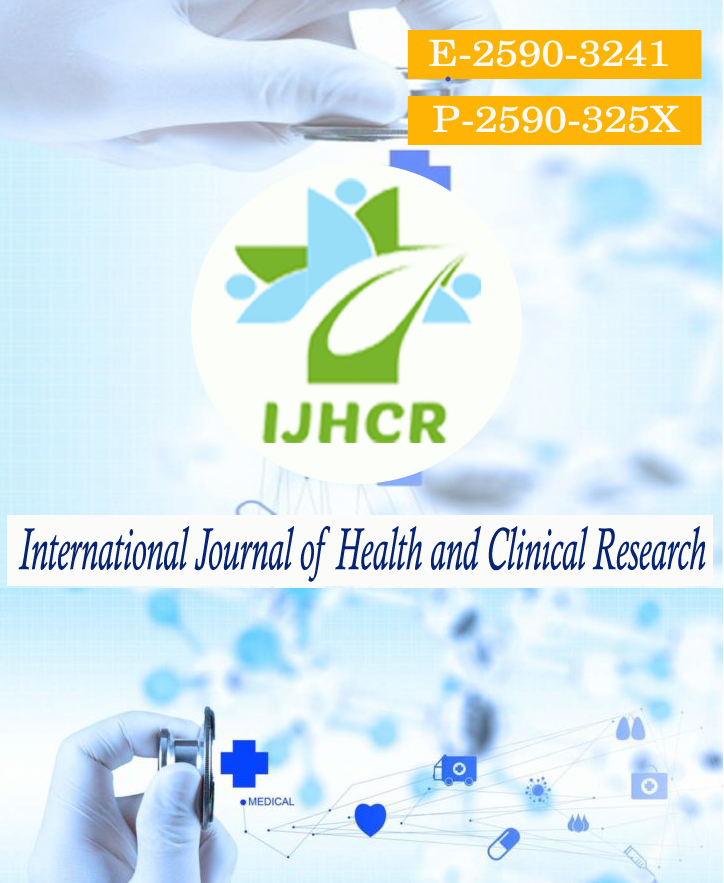To Evaluate the efficacy and safety profile of Rosuvastatin, Simvastatin and Atorvastatin in Newly Diagnosed Type 2 Diabetic patients with Dyslipidaemia
Keywords:
Diabetes, Dyslipidemia, Lipoproteins, Low density lipoprotein cholesterolAbstract
Introduction: The dyslipidemia of type 2 diabetes is characterized by high triglyceride levels and decreased high-density lipoprotein (HDL) cholesterol, changes observed many years before the onset of clinically relevant hyperglycemia. Dyslipidemia is common in diabetes and there is strong evidence that cholesterol lowering improves cardiovascular outcomes, even in patients with apparently unremarkable lipid profiles.
Materials and Methods: This is prospective, comparative, open label, randomized and parallel group. The subjects enrolled for this study were selected from the Out-Patient Department of Medicine at Tertiary care teaching hospital over a period of month. Newly diagnosed 120 cases of patients of Type II Diabetes Mellitus with Dyslipidaemia were randomly divided into 3 groups of 40 each. Group A was received Rosuvastain 10 mg O.D for 3 months, Group B: Simvastatin 10 mg O.D and Group C was received Atrovastatin 10 mg O.D.Results: In Group ‘A’ the mean difference of Total Cholesterol between baseline versus after 6 months was 78.84 mg/dl, 61.20 mg/dl and 60.22 mg/dl in Group B and Group C respectively. The mean difference of Triglycerides between baseline versus after 6 months was 74.82 mg/dl in Group A, 41.11 mg/dl in Group B and 37.61 mg/dl in Group C. The mean difference of HDL between baseline versus after 6 months was 10.95 mg/dl in Group A, 9.57 mg/dl in Group B and 8.01 mg/dl in Group C. The mean difference of LDL between baseline versus after 6 months was 74.89 mg/dl in Group A, 63.25 mg/dl in Group B and 60.01 mg/dl in Group C. The mean difference of VLDL between baseline versus after 6 months was 14.90 mg/dl in Group A, 7.52 mg/dl in Group B and 8.22 mg/dl in Group C.Conclusion: Finally using Rosuvastatin seems high for the patients but the result obtained by reducing the lipid parameters by given therapy is beneficial to the patients in long term control of lipid profile and thus helps in the overall reduction of morbidity and mortality in patients with type 2 diabetes mellitus with dyslipidaemia.
Downloads
Published
How to Cite
Issue
Section
License
Copyright (c) 2021 B.M.S.R. Nayakar, Muddu Surendra Nehru

This work is licensed under a Creative Commons Attribution 4.0 International License.






 All articles published in International Journal of Health and Clinical Research are licensed under a
All articles published in International Journal of Health and Clinical Research are licensed under a 